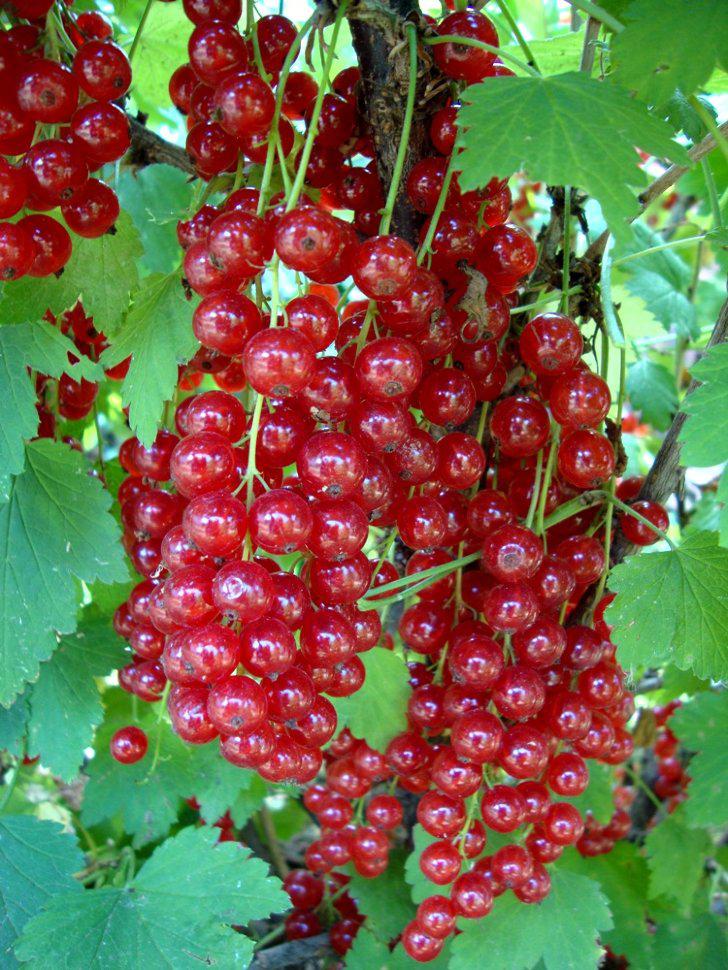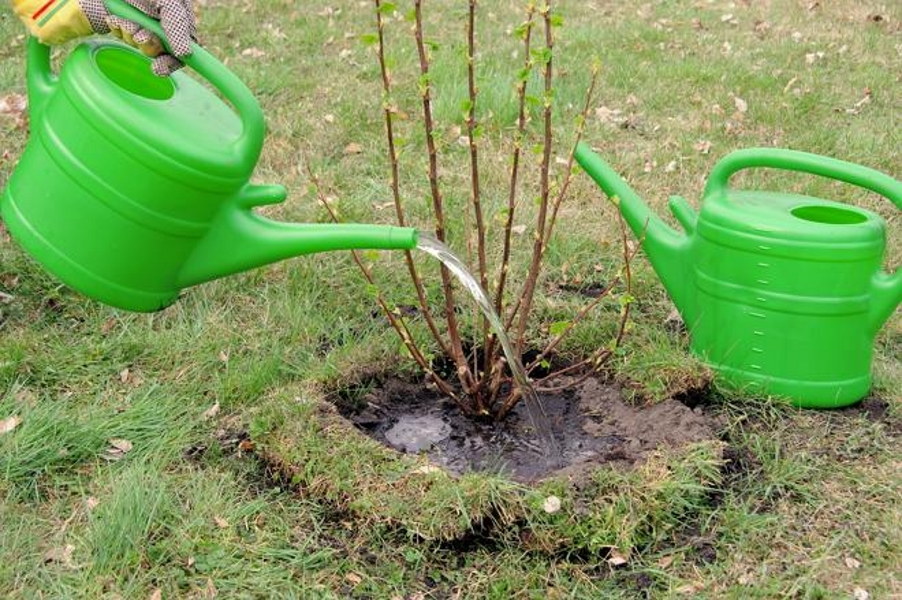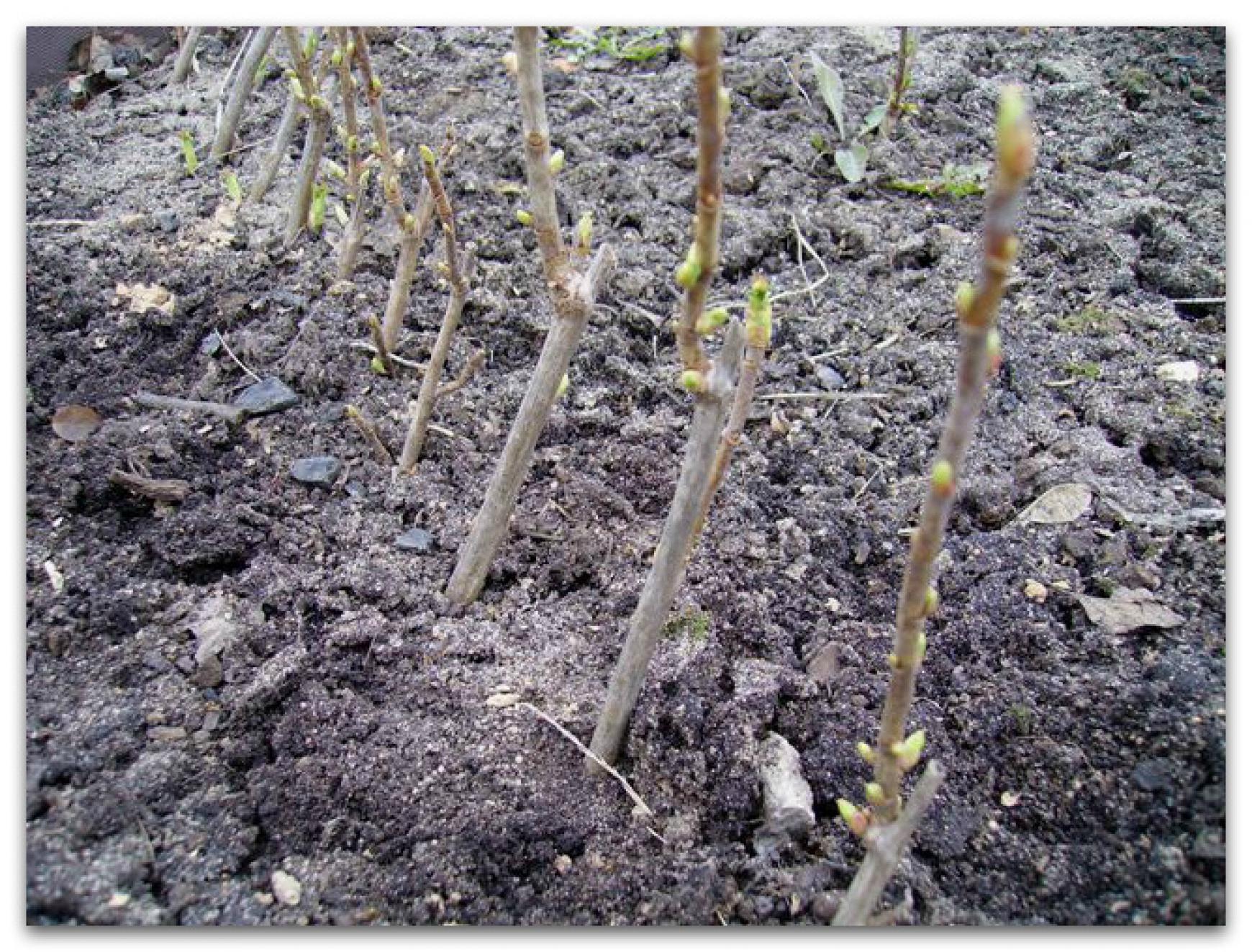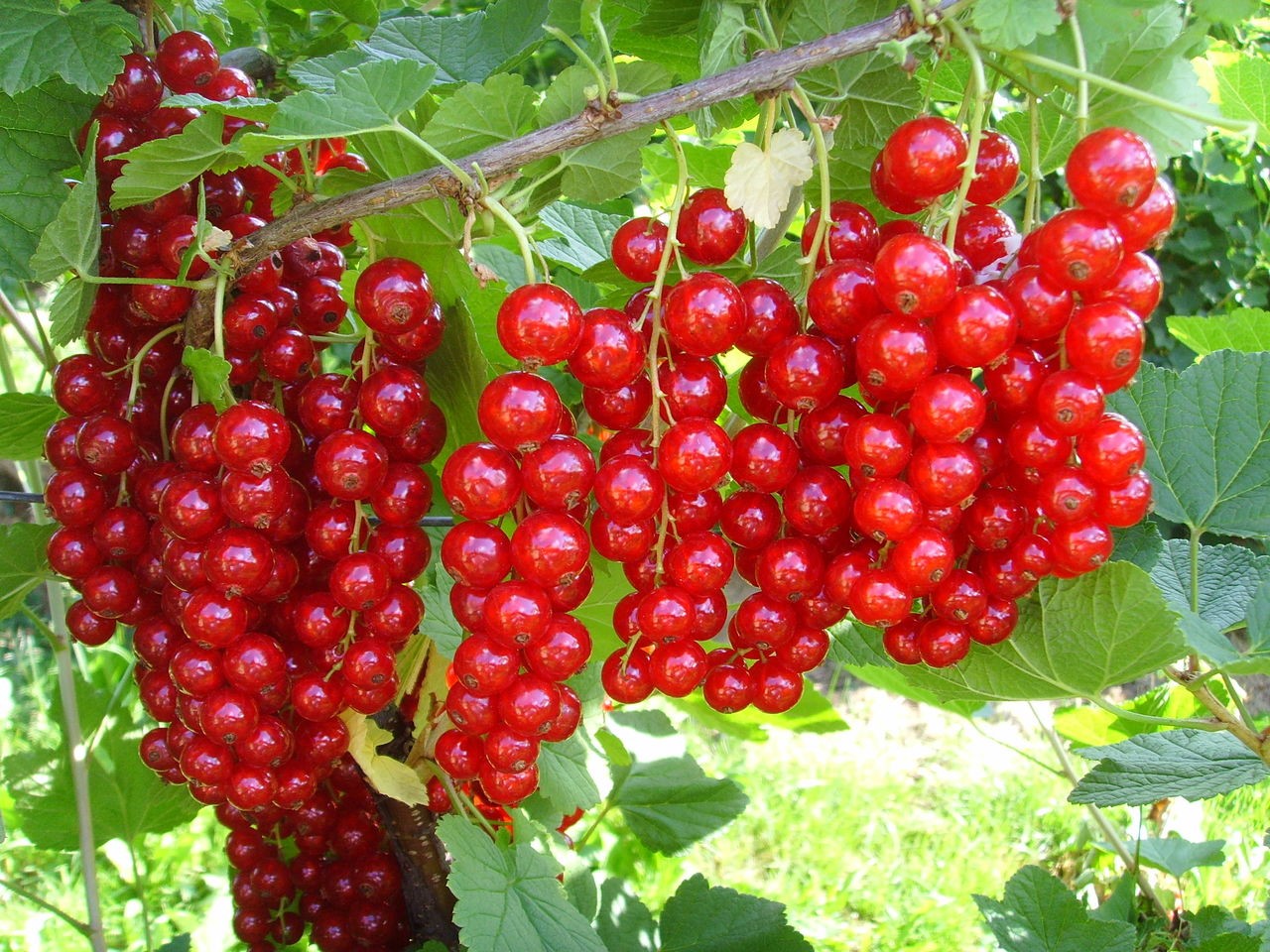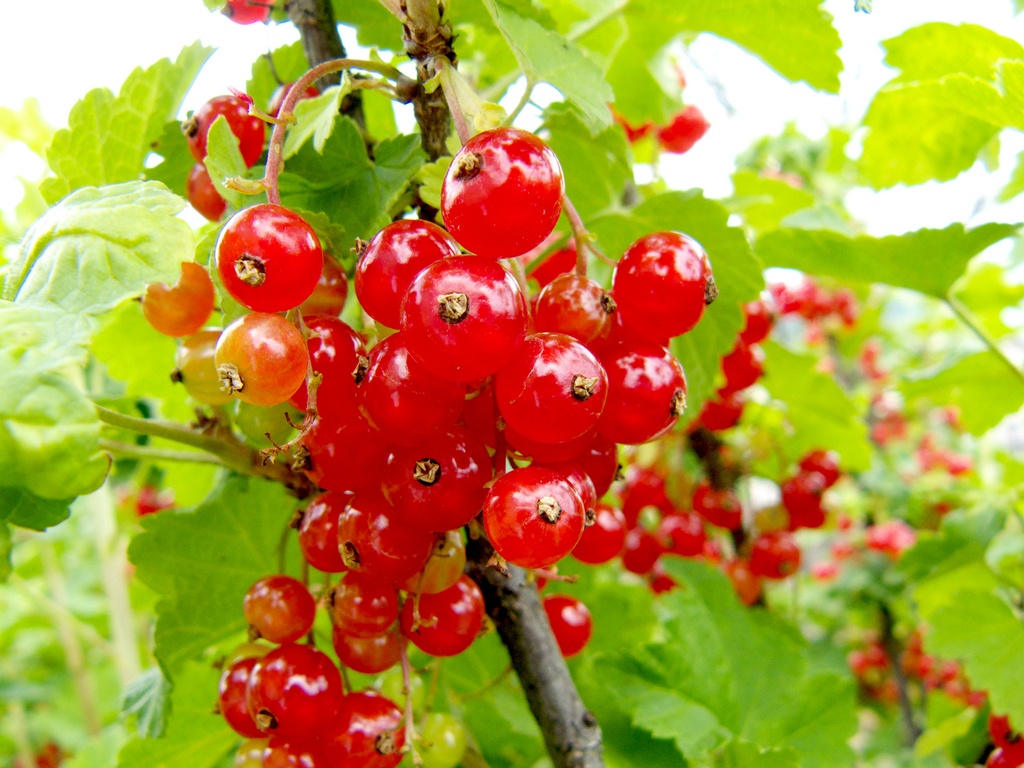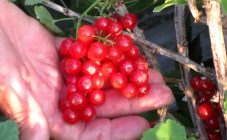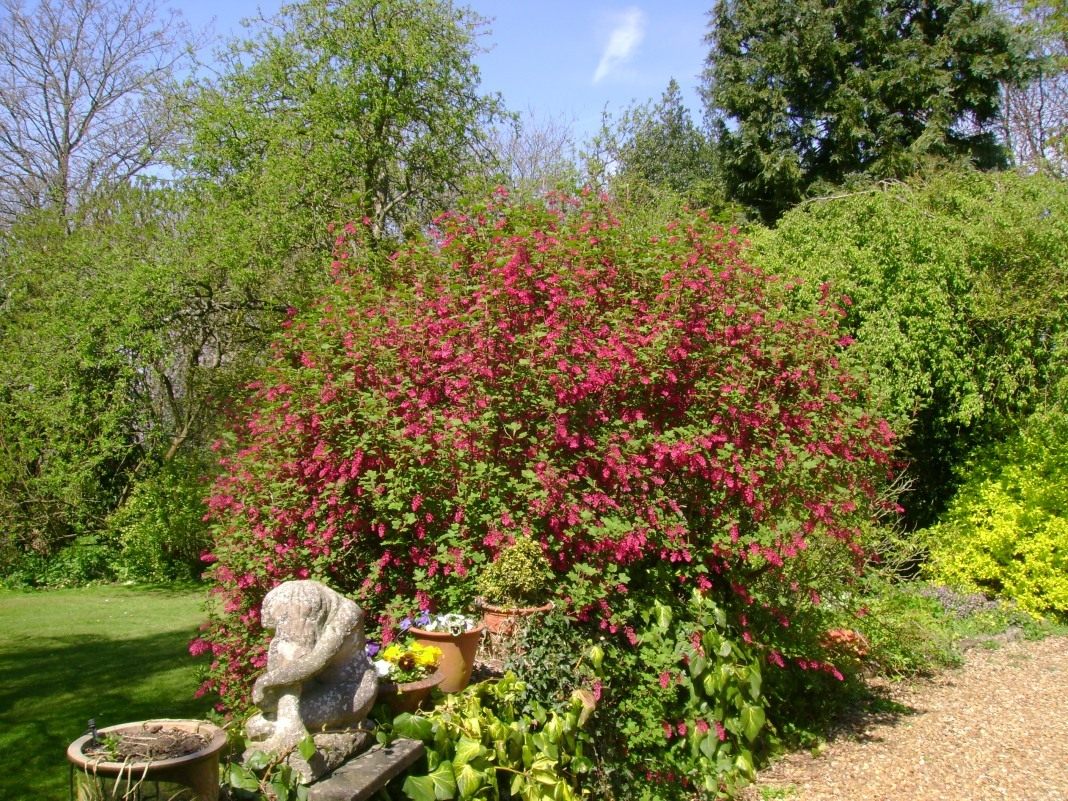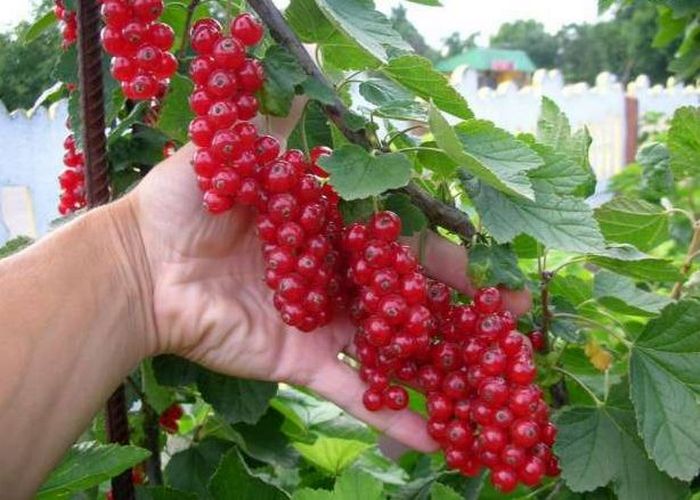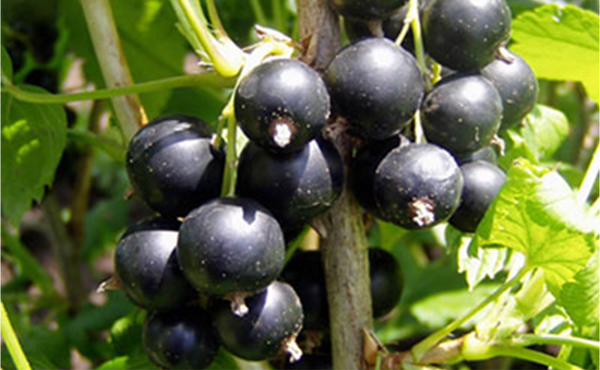Content:
Red currants can be found in many garden areas. The berry is great for eating fresh and for processing into canned food (compotes, preserves, jams, etc.). One of the varieties of this fruit and berry crop popular in our country is Natalie's red currant.
Short description
The Natali currant variety was obtained in 1991 by crossing a number of other varieties by domestic breeders Smolyaninova and Litvinova. As a result, a unique unpretentious variety was included in the State Register of Breeding Achievements, which can survive even very severe frosts (up to -30C) without problems.
The creators do not recommend planting a plant except in the Far East and North. Plants will quite survive the local cold, if they provide additional insulation. But the summer in the designated regions is very short, and the red currants simply cannot ripen.
Natalie is best suited for growing in the central and southern regions of Russia.
Characteristics of the variety
Natalie's red currant, popular among domestic gardeners, is a rather low shrub with large berries. The leaves of the plant are medium-sized, dull, green, with a slight bluish tint. On the edges of the leaf blade is serrated. This variety blooms with large bowl-shaped inflorescences. Fruits are formed on clusters from 7 to 9 cm long. The berries are round, have a reddish tint, large - up to 1 gram each. Since the fruit has a rather dense skin, there are usually no problems with their transportation. The berries taste sweet and sour. This variety contains a large amount of pectins, due to which it is actively used in the treatment of gastrointestinal pathologies, inflammations and for the removal of harmful substances from the body.
The very first fruits appear in the middle of summer. The very process of fruiting will take several weeks. On average, with proper care, up to 3.5 kg of ripe berries can be harvested from a bush per season.
The berry brush is easily separated from the bush. But during the harvesting process, it is recommended to slightly lift the branches and hold the brushes to prevent damage to the fruit bud. It is recommended to pick berries in dry weather. Shallow plastic trays or wooden crates are ideal for placing crops. As a result, each container should contain no more than 6 kg of currants.
Although the variety does not need cross-pollination, it is desirable. It will allow you to get a bountiful harvest, consisting of larger berries. The taste of the fruit will also change towards improvement.
Agricultural technology and care
A varietal shrub is capable of growing on any fertilized soil. But the most suitable are considered to be sandy loam soils, as well as loam. Natalie's currant is not very fond of high acidity soil. Such soil should be calcined about a year before planting.
Do not plant Natalie in too dry areas. The plant loves moisture. The optimal time for planting is early spring or the first month of autumn.In order for the planting to take root successfully, you need to choose well-lit and moderately elevated areas, protected from the wind. Previously, the site requires the removal of weeds.
Watering
Natalie's red currant loves moisture. You will have to water it at least twice a week. Each bush requires two buckets of water. Sufficient soil moisture is especially important in the fruiting phase. However, you should not fill the plant either. Excess water can lead to decay of the root system.
Top dressing
Root and foliar feeding of Natalie currants are required without fail. In autumn, after harvesting and before the onset of frost, about 100 g of superphosphate and 30 g of potassium chloride are introduced under each bush. After that, the bush is mulched with humus. The latter will reliably protect the plant from both early frosts and a snowless winter.
Pruning
Timely pruning can also significantly increase the yield of currants. It will also contribute to the development of certain diseases in the shrub. The first pruning is done in the second year after planting the plant in open ground. This is done in early spring, before the buds have time to swell. Alternatively, it is allowed to carry out the indicated manipulation in late autumn, after harvesting, but before the first frost on the soil begins.
Fight against diseases and parasites
Since Natalie is resistant to most diseases, the topic may seem irrelevant. But this is not the case. This is not about absolute immunity, but about resistance to infection. Accordingly, the plant may well, under certain circumstances, suffer from anthracnose, striped mosaic or powdery mildew. In the fight against these diseases, aqueous solutions of colloidal sulfur, nitrafen or copper sulfate are effective.
Natali currants are especially susceptible to the development of diseases in rainy summer weather. In dry periods, problems with the variety, as a rule, do not arise.
In any case, it is strongly recommended for preventive purposes in the autumn to carry out additional treatment of shrubs with Bordeaux liquid and use top dressing to increase immunity.
In general, in order to avoid infection of currants with diseases and the appearance of harmful insects, most often it is enough to observe the following simple rules:
- plant shrubs in areas well-lit by the sun;
- prune bushes regularly;
- remove weeds in a timely manner;
- systematically fertilize currants.
Reproduction
Planting material can be purchased ready-made or obtained on its own. In the latter case, in the spring, you should pick up the strongest shoots and dig them in so that the top remains on the surface. Closer to autumn, the layers will have time to take root. When this happens, they are separated from the mother bush and transplanted into open ground to a permanent place.
In addition, you can propagate the culture by dividing the bush. In this case, the places of the cuts must be treated with crushed coal. And in the process of dividing the bush itself, carefully ensure that each separated seedling has several sufficiently strong roots.
The third method used to propagate Natalie currants is cuttings. Cuttings are prepared in the fall.To do this, the shoot is cut into pieces about 15 centimeters long. The cuttings are placed in moist sand for several months, where they are stored at a temperature of + 2C. After germination, the cuttings are stored in the cellar until spring, when they can be transplanted into open ground without any problems.
Advantages and disadvantages of the variety
The above characteristic of the Natali red currant variety allows us to conclude that the variety has much more advantages than disadvantages.
Among the advantages, first of all, the following should be noted:
- frost resistance;
- excellent presentation;
- transportability;
- storage duration;
- pleasant taste;
- unpretentious care;
- resistance to pests;
- high resistance to most diseases;
- high yield rate;
- fruiting for 10 years.
There are practically no negative assessments of the variety. Of the shortcomings, we can only mention the fact that by about the fifth year of growth, the shrubs become too spreading. But this problem is easily solved by pruning and tying fruit and berry crops.
Natali is ideal for both experienced and novice gardeners. Making a choice in his favor will be the right decision.

